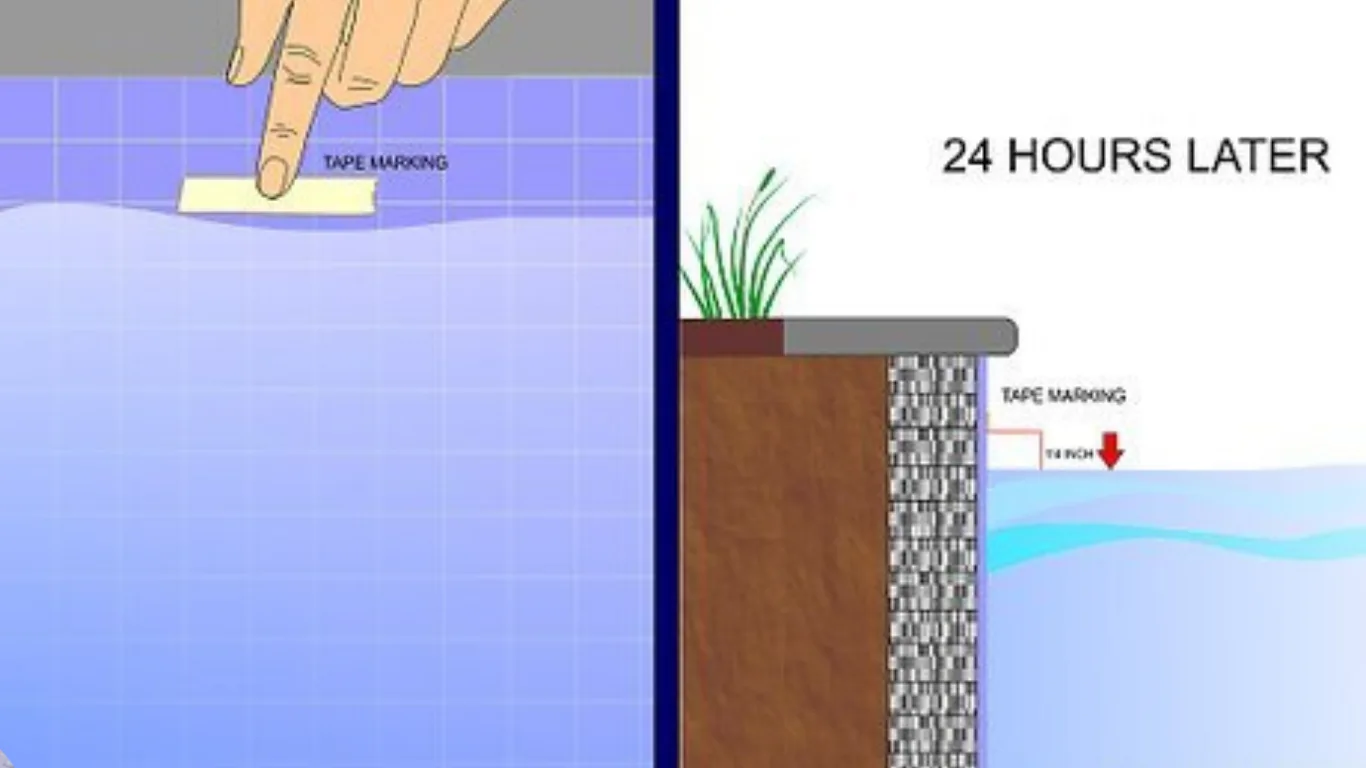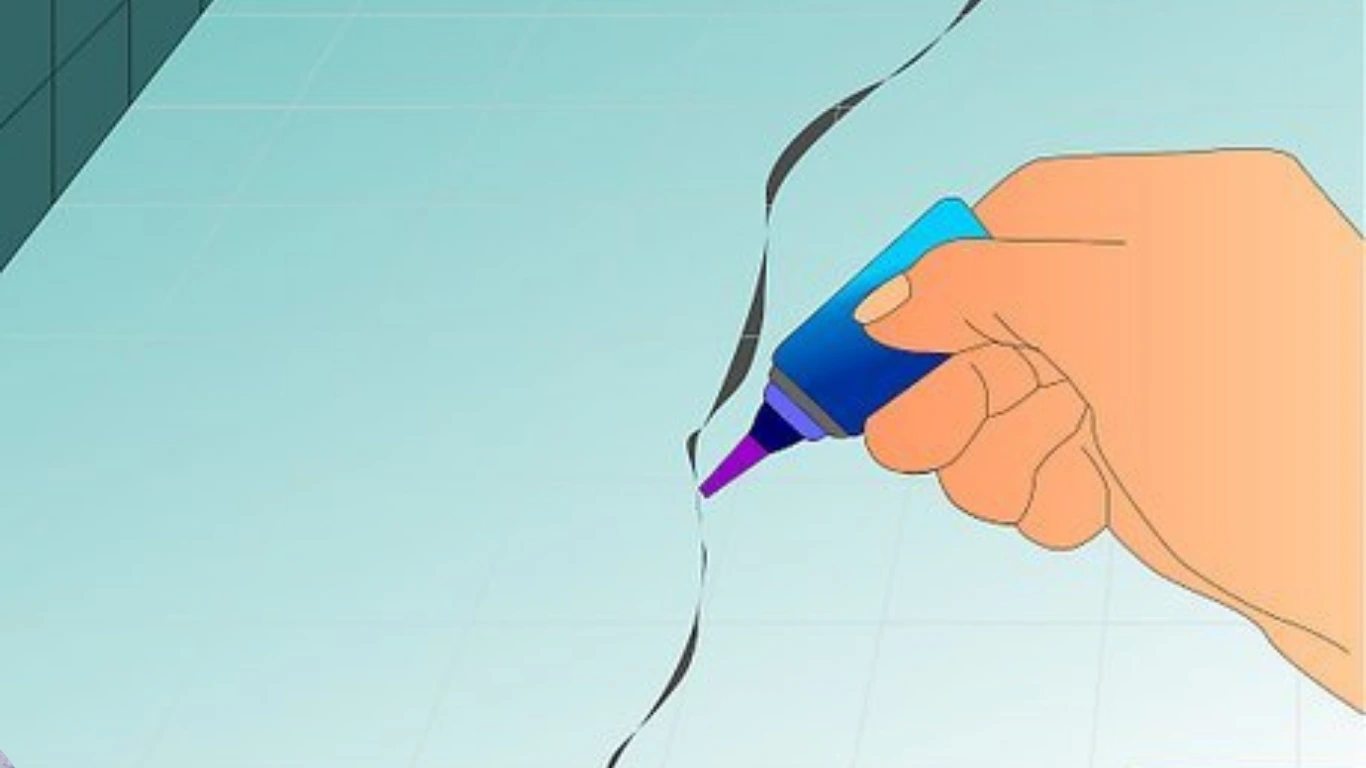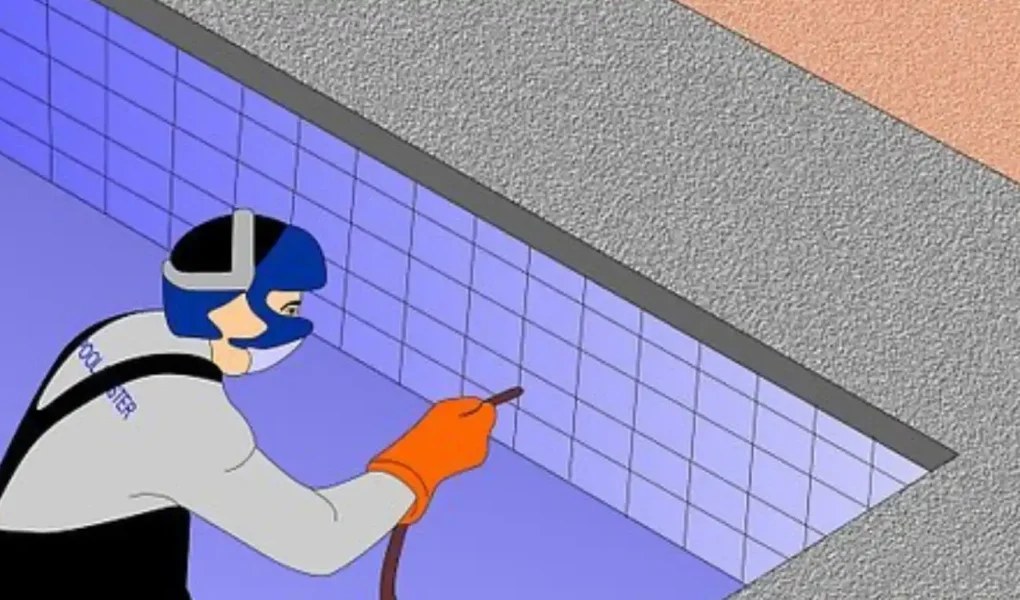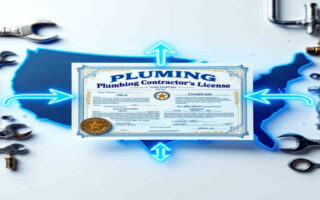Maintaining your pool house plumbing is essential for keeping your pool in optimal condition. Leaks in your pool house plumbing can lead to a host of issues, from water damage and mold growth to skyrocketing water bills. In this article, we’ll explore quick and effective methods for detecting leaks in your pool house plumbing, helping you save time, money, and headaches, house plumbing.
Understanding Pool House Plumbing Systems

However, pool house plumbing faces unique challenges due to the high humidity, exposure to pool chemicals, and constant water flow. These factors can accelerate wear and tear on your plumbing system, making leaks more common than in a standard residential plumbing setup. Leaks in pool house plumbing often occur at pipe joints, fittings, or in areas where the pipes are concealed or underground. Constant exposure to water and chemicals can cause corrosion, resulting in weakened connections and eventual leaks. By familiarizing yourself with your pool house plumbing system, you’ll be better equipped to detect and address leaks promptly.
Signs and Symptoms of Plumbing Leaks in Pool Houses
Now that we have a basic understanding of pool house plumbing fixture, let’s explore the signs and symptoms that indicate a leak may be present. Recognizing these indicators will enable you to take action promptly and minimize potential damage.
Visual Signs
One of the most obvious signs of a plumbing leak in your pool house is the presence of water stains, mold, or mildew. These can appear on walls, ceilings, or floors, particularly in areas near your plumbing fixtures or pipes design. If you notice any unexplained dampness or discoloration, it could be a sign of a hidden leak.
Audible Cues
Sometimes, leaks can be detected through sound. If you hear dripping or running water when all your faucets and appliances are turned off, it’s a strong indication that a leak is present. Pay attention to any unusual noises coming from your pool house plumbing features, as they can help you pinpoint the location of the leak. A sudden increase in your water bill, without a corresponding increase in usage, can be a telltale sign of a hidden leak. If you notice your water bills climbing higher than usual, it’s worth investigating further to determine if a leak in your pool house plumbing is the culprit.
Pool Water Level Drop
While not a direct indicator of a plumbing leak, a drop in your pool water level can be an indirect sign. If you find yourself constantly refilling your pool to maintain the proper water level, it may be due to a leak in your pool’s plumbing system. By keeping an eye out for these signs and symptoms, you can quickly identify potential leaks in your pool house plumbing. In the next section, we’ll discuss the tools and equipment you’ll need to detect leaks effectively.
Tools and Equipment to Detect Plumbing Leaks Quickly

To quickly and efficiently locate leaks in your pool house plumbing, you’ll need the right tools and equipment. In this section, we’ll explore some of the most effective leak detection tools available, as well as some household plumbing items you can use for basic leak checks.
Leak Detection Tools
- Moisture Meters: These devices can help you detect moisture levels in walls, floors, and other surfaces, indicating the presence of a hidden leak.
- Pressure Gauges: By measuring the pressure in your plumbing lines, you can identify any drops that may indicate a leak.
- Thermal Cameras: These cameras can detect temperature differences caused by leaks, allowing you to pinpoint their exact location.
Household Items for Basic Leak Checks
- Food Coloring: By adding a few drops of food coloring to your pool house plumbing guide, you can visually identify leaks in traps and drains.
- Hearing Aids: If you have a hearing aid or a stethoscope, you can use it to listen for the sound of running water, helping you locate leaks.
When using these tools and equipment around pool chemicals and water, it’s essential to follow safety guidelines. Always wear protective gear, such as gloves and goggles, and be cautious when handling any electrical devices near water. If you don’t have access to these tools, you can often rent or purchase them at your local hardware store or online. Investing in quality leak detection equipment can save you time and money in the long run by helping you quickly identify and address leaks in your pool house plumbing.
Preparing the Pool House for Inspection
Before you begin your leak detection process, it’s essential to prepare your pool house properly. Start by turning off the water supply to your pool house plumbing system. This will help you identify any leaks more easily, as you won’t have to deal with running water. Next, clear the outdoor area around your pool house plumbing fixtures and pipes. Remove any clutter or obstructions that may hinder your inspection. By creating a clean and accessible workspace, you can thoroughly examine your plumbing system for leaks.
Visual Inspection of All Accessible Pipes and Joints

Begin your leak detection process with a thorough visual inspection of all accessible pipes and joints in your pool house design. Look for any signs of water stains, corrosion, or dampness that may indicate a leak. Pay close attention to areas where pipes connect to fixtures or other pipes, as these are common points of leakage.
If you spot any suspicious areas during your visual inspection, mark them for further investigation. Take note of the location and severity of any potential leaks, as this information will be helpful when you move on to the next steps.
Using Pressure Testing on Plumbing Lines
To further investigate potential leaks, you can use pressure testing on your pool house plumbing lines. This involves pressurizing the system and monitoring for any pressure drops, which can indicate the presence of a leak.
To perform a pressure test, you’ll need a pressure gauge and a way to isolate the section of plumbing tips you want to test. Follow the manufacturer’s instructions for your specific pressure gauge, and always wear protective gear when working with pressurized systems.
If you notice a drop in pressure during the test, it’s a strong indication that a leak is present. Use your pressure gauge to help pinpoint the location of the leak, and move on to the next step for further confirmation.
Applying Food Coloring or Dye Tests in Traps and Drains
For leaks in traps and drains, you can use food coloring or a specialized dye to help identify the source of the leak. Add a few drops of the coloring or dye to the suspected leak point, and wait for a few minutes to see if the color appears in another area of your pool house plumbing.
If the color appears in a different location, it’s a cleaning indication that a leak is present between the two points. Note the location and severity of the leak, and then proceed to the next step for further investigation.
Using Electronic or Thermal Leak Detectors
For more advanced leak detection, you can use electronic or thermal leak detectors. These devices can help you pinpoint the exact location of a leak, even if it’s hidden behind walls or under floors.
Follow the manufacturer’s instructions for your specific leak detector, and always wear protective gear when using electrical devices near water. Move the detector slowly along your pool house plumbing, paying attention to any alerts or readings that indicate a leak.
If your leak detector identifies a potential leak, mark the location for further investigation. You may need to perform additional tests or inspections to confirm the presence and severity of the leak.
Checking Water Meter for Unexpected Usage

Another way to detect hidden leaks in your pool house plumbing is to check your water meter for unexpected usage. Turn off all water sources in your pool house, including faucets, showers, and appliances, and wait for a few hours. After the waiting period, check your water meter to see if it has moved. If the meter shows usage despite all water sources being turned off, it’s a strong indication that a hidden leak is present in your pool house plumbing steps. Take note of the amount of unexpected usage, as this can help you gauge the severity of the leak. You may need to perform additional tests or inspections to locate the source of the leak.




